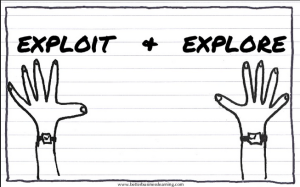 We never seem capable of adapting as well as we should do.
We never seem capable of adapting as well as we should do.
Adapting always seems a work-in-progress, or it is often something where we are simply making little or no progress!
We often stay ‘stuck’ in the way we do ‘things’ around here, never seemed able to break out into something new or different.
To adapt we need to open ourselves up to learning and adjusting our organizational ‘form’ in new ways.
In business, there should be a constant battle to reconfigure the assets and extend the existing capabilities. Yet often these stay ‘static’ not learning or improving.
In our innovation activities, there is an even greater pressing need to build into our thinking the ability to find more dynamic capabilities. It is a constant innovator’s dilemma to think through and get right.
What might help? Continue reading “Striving for the innovation balance: between exploring and exploiting.”
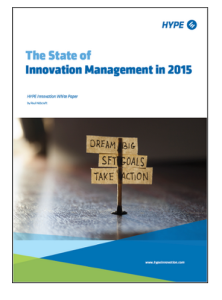
 The days of simply having ideas moving through a pipeline and coming out the other end as finished product and services seems part of our great past.
The days of simply having ideas moving through a pipeline and coming out the other end as finished product and services seems part of our great past.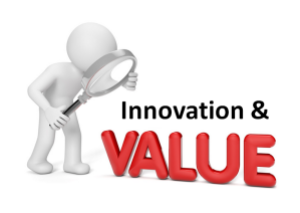

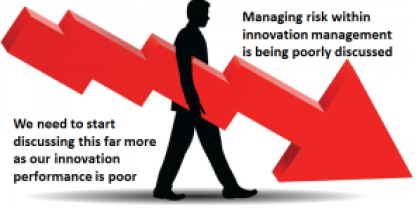

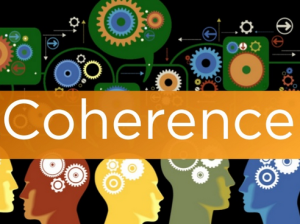
 I recently wrote a post “
I recently wrote a post “